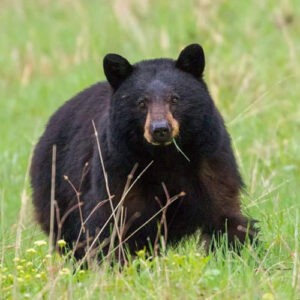
Bears
Human encounters with black bears are on the rise in California. The bears seem be getting more accustomed to people and human activity. They can be quite difficult to scare away when they are searching for food. This can result in property damage to homes and vehicles. Bears with access to human food quickly become habituated to it, preferring to visit populated areas for food scraps rather than eat a natural diet. Habituated bears may be euthanized if they are considered a threat to humans. Securing your trash and food from bears is easy and helps keep our bears wild. The two most important things you can do to keep our bears safe is to keep food and trash stored properly and to drive safely.
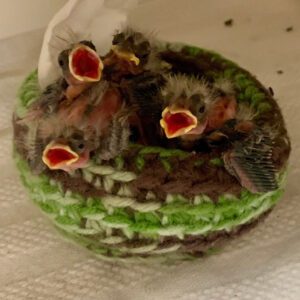
Birds
Birds are all around us. Some of the birds we often see in our area include: hummingbirds, songbirds, woodpeckers, raptors, owls, and many types of water/seabirds. Common issues include: birds hitting windows and swallows building messy nests near or around your home. If you have a problem with a wild bird and you are not sure what to do, you can contact PWC at 805-543-9453 (WILD) to learn the best way to handle it.

Bobcats
Unlike mountain lions, bobcats have adapted to human settlement of wildlands. Even a woodlot in a farming area can sustain a pair of bobcats. Often people living on farms and in small towns are unaware of bobcats living nearby. Bobcats avoid human contact as much as possible, and if you can share your land peacefully with a resident bobcat, it will help keep down rodent populations. Natural rodent control is preferable to manmade poisons and inhumane traps. Bobcats remain a strong link in the ecological cycle. State laws protect bobcats in many areas.

Coyotes
Coyotes will appear most often during the hours close to sunrise and sunset. In urban areas, coyotes may be more bold. Do not attempt to approach a coyote. It will likely run away, but any cornered or frightened wild animal can be dangerous. Due to the rapid loss of habitat by development, many coyotes have found themselves forced to cohabit with humans. We humans need to learn to coexist with this native species. The problem of dealing with the urban coyote will not be solved by extermination; this would just disturb the eco-system of the area. Education and coexistence are the solution.
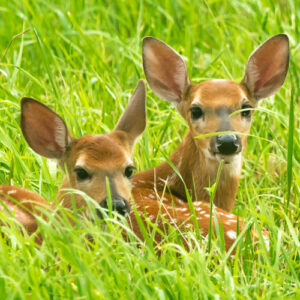
Deer
Deer in the wild will probably not stay around long once they have noticed you. Do not attempt direct contact (deer can be carriers of Lyme disease ticks), and let the animals leave on their own. Anyone who comes upon a fawn should leave it alone and go away so its mother can feel free to return. Supplemental feeding of deer is not recommended except in extreme weather emergencies, because it is quite expensive and makes the deer dependent upon nonnatural food sources.
Nature Education & Wildlife Rehabilitation, San Rafael, CA.
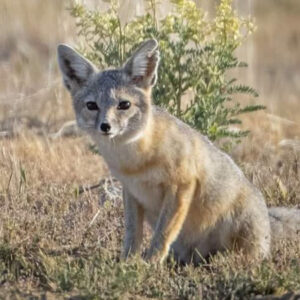
Foxes
Foxes’ primary enemies are large predators, including eagles, large owls, bobcats, domestic dogs, coyotes, and humans. They will not attack a human but will fight to protect their young. Their defenses include elusiveness; when threatened, gray foxes climb trees. Many foxes are shot or poisoned by farmers concerned about their livestock, or are hunted or trapped for their fur. Because of dwindling natural habitat, foxes have adapted to living more closely with people. Foxes in the wild normally do not kill more than they need to eat. Foxes perform a valuable service to humans by controlling the small-rodent (mice, gophers, moles, rats) population, so they should be viewed by humans as an ally. Usually this benefit far outweighs the occasional damage they may cause.
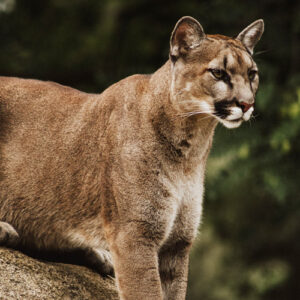
Mountain Lions
Mountain lions have greatly diminished in number because they have been bounty hunted (for sport, for their pelts, or to protect livestock), and because they have lost habitat large enough to support them. They are an important predator at the top of the food chain, focusing on deer and elk and thereby helping to keep these populations healthy and habitat from being overgrazed. But the more specialized a species, the less adaptable it is to change, and the cougar has proven relatively unable to adapt to habitat loss and competition with humans for large ungulate prey. Mountain lions are now a protected species throughout the United States. The mountain lion is secretive, and the sight of one is rare. Only by accident will you spot a mountain lion unless you are with an expert guide. If you have the good fortune to see one, it will likely flee the minute it sees or smells you. Do not attempt to approach a mountain lion.
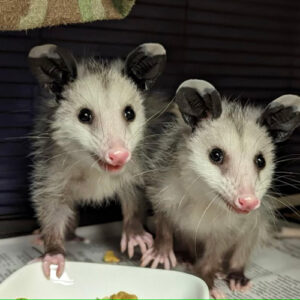
Opossums
Opossums are among the most primitive mammals. Fossil ancestry goes back 70 Million years. They have survived by adapting to human habitat and being able to eat just about anything. They are beneficial in that they help to keep the balance of nature. Opossums are often mistaken for rats. They are not rodents, they are marsupials. They are not aggressive toward humans or pets but they will attempt to defend themselves if cornered. They are relatively disease free. They do not carry Parvo virus, distemper or rabies. They are actually an excellent animal to have around your property because they eat rats, mice, snails, slugs and insects. They also eat over ripe fruit that has fallen to the ground.
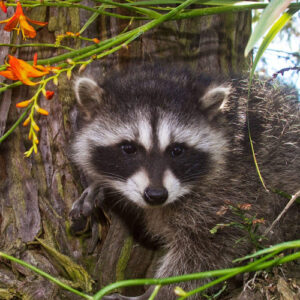
Raccoons
The raccoons primary enemies are humans, dog packs, traps, and automobiles. Many would-be larger predators know better than to take on an adult raccoon, a tough fighter with razor-sharp teeth. If threatened, the raccoon will often try a counter threat, fluffing out its fur so that it appears larger and uttering a throaty growl or cry. Raccoons may appear bold but usually are not aggressive except during mating season or when defending their young. However, their strength, teeth, and claws equip them to defend themselves effectively. Raccoons are so common that you need not look far for them, and as their natural habitat shrinks, they are increasingly found in urban areas. They are night creatures and will be shy in areas where they are hunted. Where people do not pursue them with rifles and dogs, they are curious animals. Their tracks are easily identifiable, looking much like a human handprint.

Skunks
Having adapted well to neighborhoods, it’s not uncommon to find skunks and domestic cats dining peacefully together. There have been cases of skunks entering homes through pet doors, dining with the family cat and finding a quiet closet or empty bed to spend the night. As long as the skunk does not feel threatened, it won’t spray. With their slow, waddling gait and bushy tail, these gentle mammals are delightful to see from a distance, and play an important role in keeping nature in balance — the natural way. Skunks are very adaptable and often find food and nesting sites around human habitations. The best protection against them is to modify your habitat to limit resources available to them.
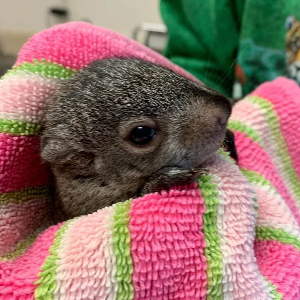
Squirrels
Ground squirrels are active during the day and sleep at night. Southern ground squirrels do not truly hibernate but remain inactive in their burrows in winter. Ground squirrels are not as social as prairie dogs but may group together and live in large colonies where food is abundant. They live from 5 to 12 years. Squirrels are often prey for large carnivores such as coyotes, owls, and bobcats, but their main enemies are humans and automobiles. Destruction of woodland habitats for development adversely impacts squirrel populations. The ground squirrel’s chief enemies include foxes, weasels and hawks. Its primary defense is sighting an approaching predator at a great distance and escaping to the protection of its burrow.

